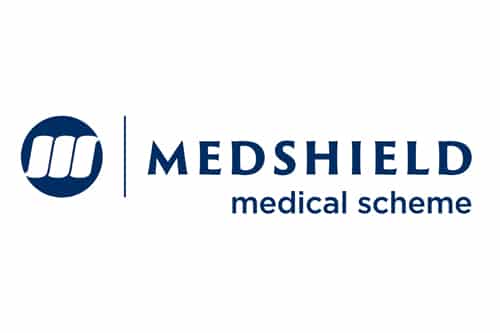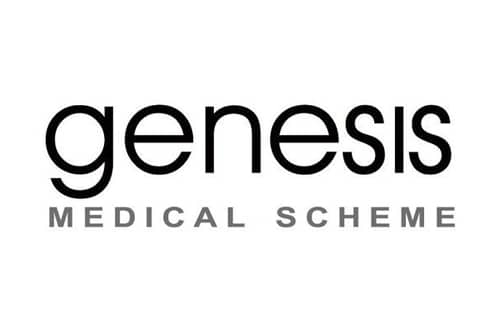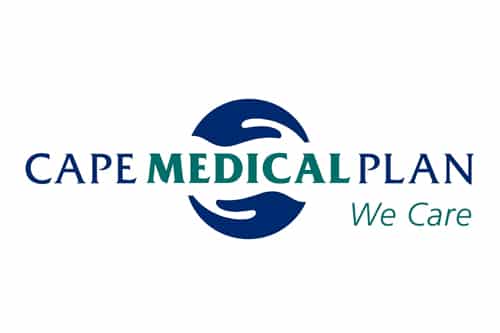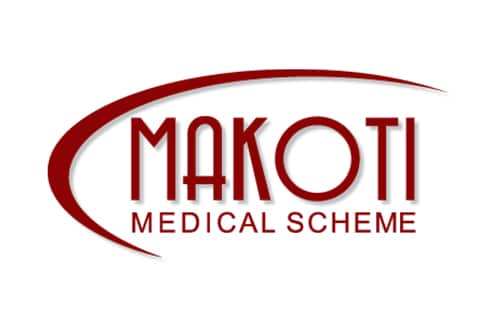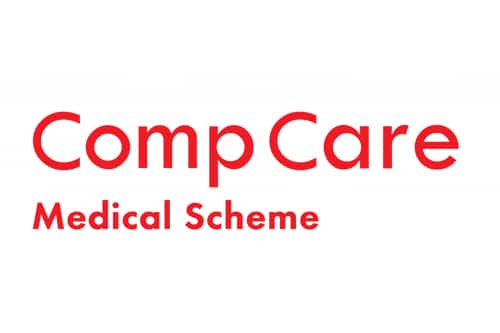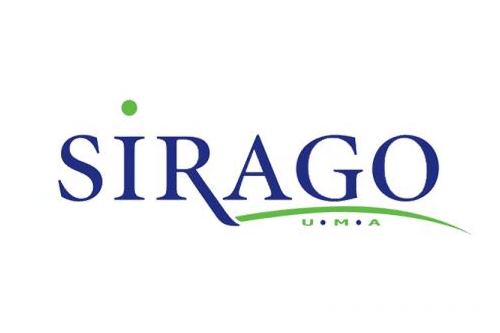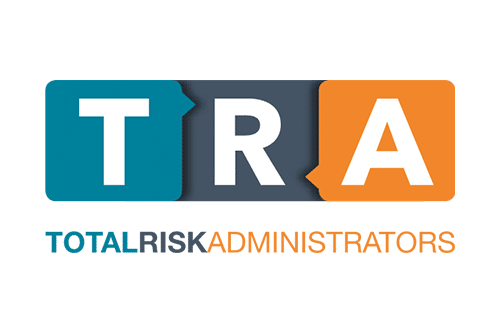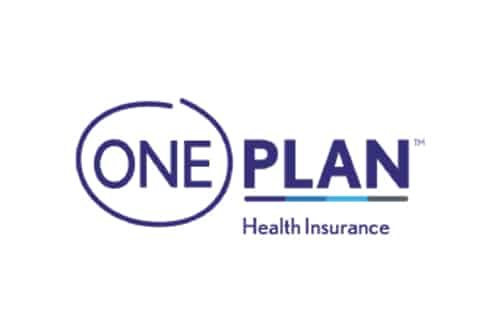Endoscopy
Endoscopy: Illuminating Internal Structures for Diagnosis and Intervention
Endoscopy is a versatile medical procedure that employs a slender, flexible instrument called an endoscope to visualize and assess internal structures of the body through natural openings or small incisions. This minimally invasive technique has revolutionized medical practice, enabling direct visualization, diagnosis, and treatment of various conditions affecting the digestive, respiratory, and urinary systems. This comprehensive article delves into the world of endoscopy, exploring its purpose, types, indications, procedural steps, clinical applications, benefits, risks, and its integral role in modern healthcare.
1. Purpose and Importance of Endoscopy
Endoscopy serves a critical role in modern medicine by providing a direct view of internal structures without the need for extensive incisions. The procedure offers valuable insights into various conditions, enabling physicians to diagnose diseases, monitor treatment progress, and even perform therapeutic interventions. Endoscopy’s ability to visualize areas that were once challenging to access has significantly improved patient care and outcomes.
2. Types of Endoscopy
There are several types of endoscopy, each tailored to specific anatomical regions and medical goals:
- Upper Endoscopy (Esophagogastroduodenoscopy, EGD): Visualizes the esophagus, stomach, and duodenum, aiding in diagnosing conditions like gastritis, ulcers, and reflux.
- Colonoscopy: Examines the colon and rectum to detect colorectal cancer, polyps, and inflammatory bowel disease.
- Bronchoscopy: Explores the airways and lungs, assisting in diagnosing lung infections, tumors, and other respiratory disorders.
- Cystoscopy: Examines the bladder and urinary tract, helping diagnose urinary tract infections, stones, and cancers.
- Laparoscopy: Utilizes a tiny camera to view the abdominal cavity, often used for diagnosing and treating conditions like appendicitis and hernias.
3. Endoscopy Procedure Steps
The general steps of an endoscopic procedure include:
Preparation: The patient may receive sedation or anesthesia to ensure comfort during the procedure.
Insertion: The endoscope is introduced through a natural opening (e.g., mouth, anus) or small incision.
Visualization: The endoscope’s camera captures images and transmits them to a monitor, allowing the physician to observe internal structures in real time.
Manipulation: In some cases, instruments can be passed through the endoscope to perform procedures like biopsy, removal of polyps, or stent placement.
Withdrawal: After completing the examination or intervention, the endoscope is slowly withdrawn.
4. Indications for Endoscopy
Endoscopy is indicated for various medical scenarios:
- Diagnostic: Endoscopy helps diagnose conditions by providing direct visual confirmation of abnormalities.
- Screening: Colonoscopy is widely used for colorectal cancer screening in individuals at risk.
- Treatment: Therapeutic endoscopy allows removal of polyps, stent placement, and clot removal.
- Monitoring: Endoscopy assesses treatment effectiveness and disease progression.
5. Clinical Applications and Benefits
Endoscopy plays a pivotal role in numerous medical fields:
- Gastroenterology: Upper and lower endoscopy diagnose and manage gastrointestinal disorders.
- Pulmonology: Bronchoscopy detects lung infections, tumors, and evaluates airway diseases.
- Urology: Cystoscopy diagnoses and treats urinary tract conditions and cancers.
- Surgery: Laparoscopy offers minimally invasive alternatives to traditional open surgeries.
Endoscopy’s benefits include:
- Minimally Invasive: Endoscopy avoids the need for extensive incisions, reducing postoperative pain and recovery time.
- Accurate Diagnosis: Direct visualization enhances diagnostic accuracy.
- Early Detection: Endoscopy facilitates early detection of cancers and other conditions.
6. Potential Risks and Safety Measures
While generally safe, endoscopy does carry some risks:
- Bleeding: Biopsies or polyp removal can cause minor bleeding.
- Perforation: There is a rare risk of puncturing the organ being examined.
- Infection: Infection risk is minimized through strict sterile procedures.
7. Advances and Future Directions
Advancements in endoscopy continue to enhance its capabilities:
- Advanced Imaging: High-definition cameras and narrow-band imaging improve visualization.
- Robotics: Robotic-assisted endoscopy offers greater precision in complex procedures.
- Therapeutic Tools: Endoscopic tools like lasers and electrocautery enable precise interventions.
8. The Evolving Role of Endoscopy
Endoscopy continues to shape medical practice:
- Personalized Treatment: Endoscopy guides tailored treatment strategies based on accurate diagnoses.
- Minimally Invasive Options: Endoscopic techniques reduce the need for open surgeries.
- Enhanced Care: Early detection through endoscopy improves patient outcomes.
Conclusion
Endoscopy has transformed modern healthcare by offering direct visualization and intervention within the body’s internal structures. Its diverse types and applications enable accurate diagnosis, treatment, and monitoring of various medical conditions. By minimizing invasiveness and improving diagnostic accuracy, endoscopy significantly enhances patient care and outcomes. As technology advances and new techniques emerge, endoscopy’s role is expected to continue evolving, playing a central role in personalized medicine and minimally invasive treatment approaches.
References:
- Faigel, D. O., Pike, I. M., & Baron, T. H. (2010). Complications of Endoscopy. Gastrointestinal Endoscopy, 71(4), 760-771.
- Jain, R., & Singhal, S. (2019). Complications of Endoscopy: A Comprehensive Review. Clinical Endoscopy, 52(4), 333-342.
- Adler, D. G., et al. (2005). ASGE Guideline: Complications of EUS. Gastrointestinal Endoscopy, 61(1), 8-12.
- Bretthauer, M., et al. (2017). Colorectal Cancer Screening. BMJ, 359, j4844.
- Garg, P. K., & Singh, V. P. (2012). What’s New in Acute Pancreatitis? Pancreatology, 12







